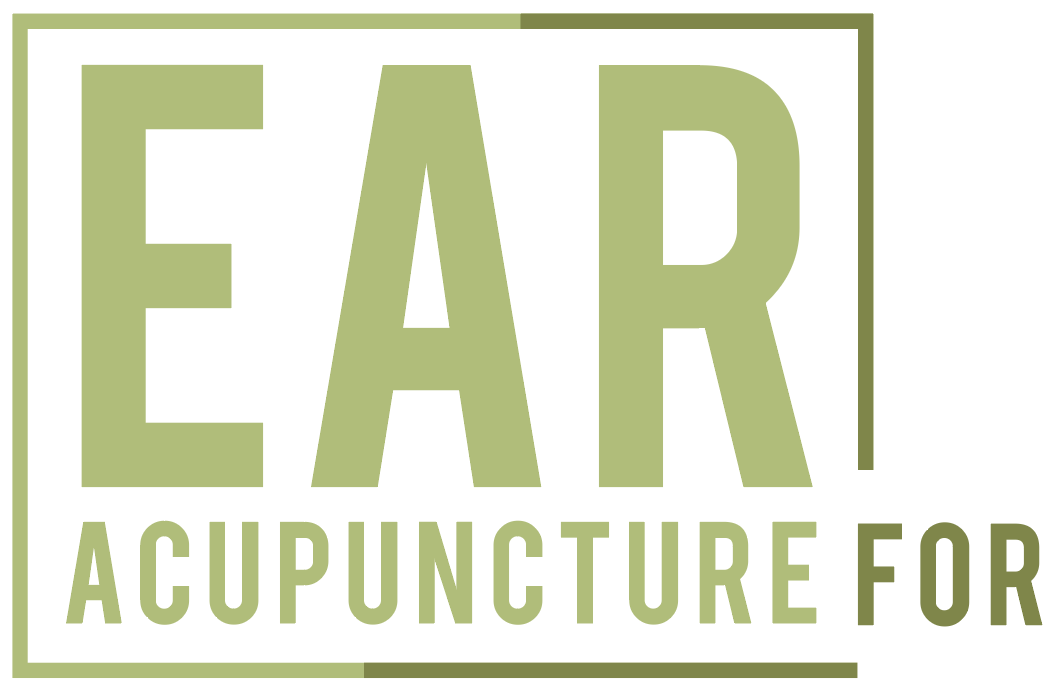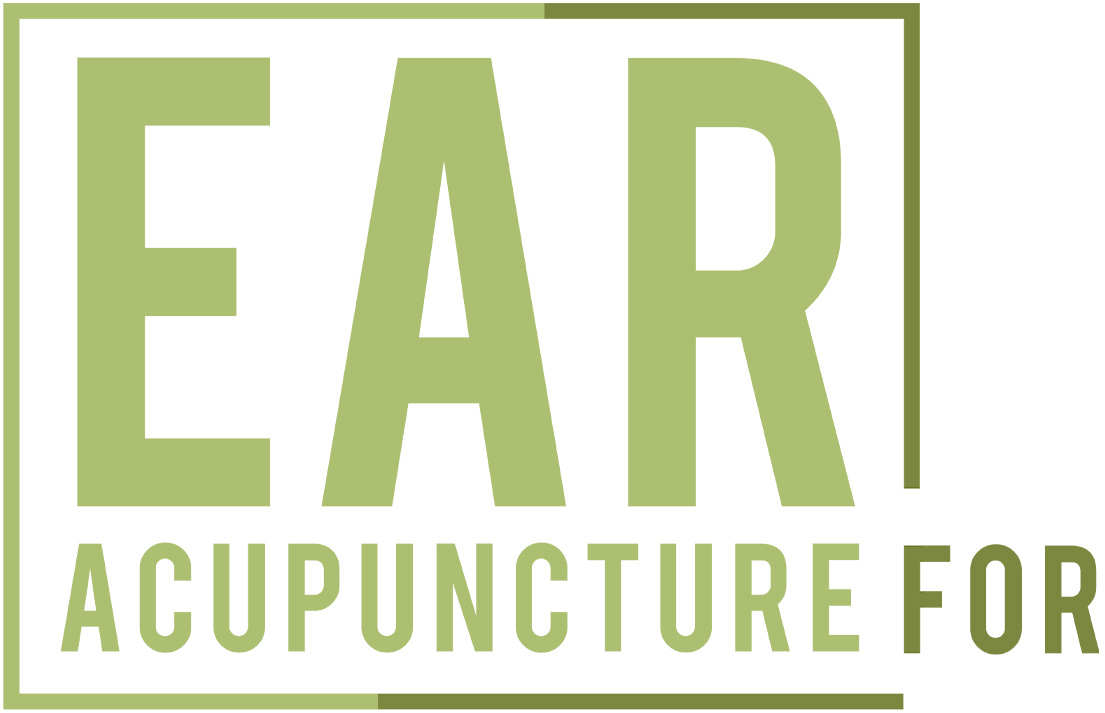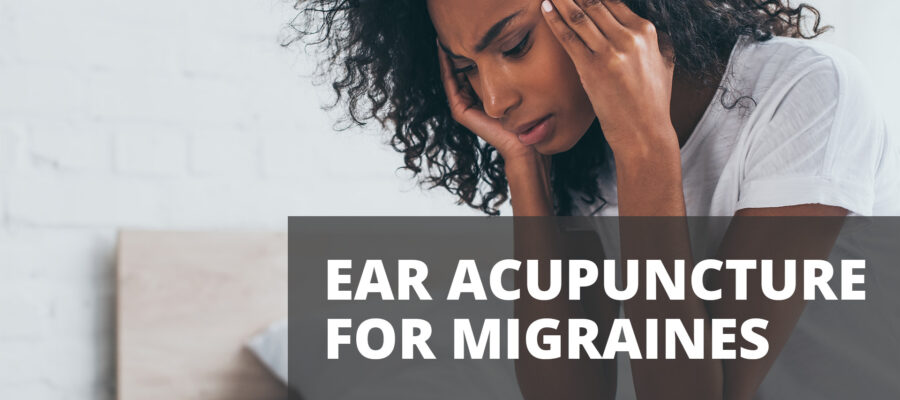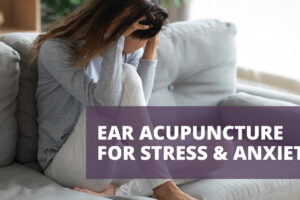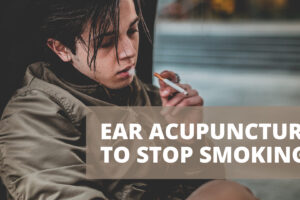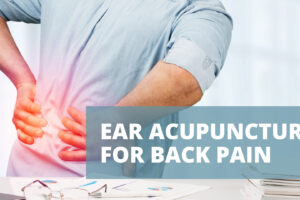Migraines—Medicine’s Enigma
It may be the 20th century, but migraines are still something of a medical mystery. No one can quite explain why they happen, or even how to prevent them. Though they seem to run in families, they are also influenced by hormonal and environmental factors.
One thing is clear, though: migraines place an immense burden on sufferers, their families, and even society at large.
Migraines are more likely to affect individuals during the most productive part of their lives—25 to 55 years of age. They’re 3x more likely to affect women than men, with 18% of women suffering from migraines on a semi-regular basis.
There are treatment options, but none of them carry a high success rate, and many of them are risky, or ridden with unfortunate side-effects.
Daith Piercings for Migraines
But there’s a new, unconventional option on the rise, and it’s one you may have heard of—the Daith Piercing!
In recent years, more and more migraine sufferers are resorting to trying a Daith piercing for migraine relief. This involves a piercing on the innermost fold of cartilage on the outer ear. Although many people claim it offers relief, there is no solid evidence to suggest it’s a valid treatment.

The daith piercing actually works by the same principle as ear acupuncture–it supplies constant, steady pressure to acupuncture points on the ear related to digestion. However, the daith piercing is a far less effective, far less complete, and far less studied option for migraine sufferers than real ear acupuncture. Real ear acupuncture involves stimulating several points on the ear in one treatment, using studied electrical frequencies or safe acupressure. It doesn’t require piercing skin, and is a far more versatile and sustainable option.
So, before you run off and spend money on a permanent piercing, why not give ear acupuncture a try? Hint… it’s needle-free, painless, and actually stands up scientifically. If you’d like to learn more about ear acupuncture before you dig into using it for specific conditions, click here.
Disclaimer: This blog post is not a substitute for professional medical advice, diagnosis or treatment. All content is for general information purposes only. If you have medical questions or concerns, you should always seek guidance from a licensed practitioner who understands your personal medical history.
What is Ear Acupuncture?
Ear acupuncture is an ancient system of medicine that works with the body’s own healing systems. It’s safe, effective, and free of harmful side effects. During ear acupuncture treatment, acupuncture points on the ear are stimulated with pressure, microcurrent, or light. Best of all, it’s something you can do safely for yourself, right from the comfort of your home.
Below, you can read 4 compelling reasons why you should try ear acupuncture for migraines!

1. Ear Acupuncture stimulates endorphin release.
Endorphins are the body’s natural painkillers. They are released in response to both positive and negative experiences, either to increase the pleasure of a moment, or to decrease or mute the pain. Natural endorphins are mood-boosting, pain-relieving, regulating hormones that help us cope with difficult and painful situations.
Ear acupuncture has been shown in numerous studies to incite the release of endorphins in the brain. Unlike a drug, endorphins are natural chemicals, and they are non-addictive and free of side-effects. Natural means of encouraging endorphin release may help decrease immediate pain, and may even lead to increased quality of life, healthier mood, and better mental health overall.
2. Ear Acupuncture works FAST to reduce migraine & headache pain.
Thanks to the efforts of retired Col. Richard C. Niemtzow, MD, PhD, MPH, the U.S. military has taken an increased interest in auriculotherapy for rapid pain relief in emergency situations. Dr. Niemtzow’s Battlefield Acupuncture technique is a quick, efficient and simple protocol used for pain. It has produced promising results since its inception in 2001.
Increasing numbers of military doctors are now trained and using this ear acupuncture technique, and ongoing scientific studies are investigating its applications.
Multiple clinical trials suggest that ear acupuncture can quickly and powerfully reduce the severity of migraine pain, even in acute situations.
3. Ear Acupuncture may help with overall hormone balance to decrease migraine frequency and intensity.
One of the potential causes of migraines is hormonal imbalance or changes. In fact, many girls and women experience migraines cyclically, in conjunction with the menstrual cycle. This may also be why more women than men suffer from chronic and acute migraines.
Multiple ear acupuncture points have been used for thousands of years to encourage healthy, balanced hormones, regulate the menstrual cycle, and encourage proper functioning of the endocrine system.
4. Ear Acupuncture helps balance your body’s energy, encouraging total-body wellness.
According to Chinese Medicine, there are many channels of energy that run through our bodies. These channels are interconnected and dependent upon each other. When one channel is out of balance, the other channels suffer. Imbalances lead to symptoms.
Therefore, the aim of an acupuncturist is to help restore balance to the body so that the energy can flow correctly again. Acupuncturists believe that when energy is flowing properly, the body has the innate ability to heal and thrive.
A thorough ear acupuncture treatment has been shown through energy graphing techniques to balance the energy in the entire body. Balanced energy may lead to greater health in all aspects of life, and may even address the underlying cause of migraines and bring longterm relief.
In the below picture, green bars represent balanced channels, while the other colors indicate imbalance. Notice the change after just one comprehensive ear acupuncture treatment!

How Do I Treat?
Okay, now that you know that ear acupuncture is a valuable ally against seasonal allergies, you’re probably starting to wonder… how do I treat these points? And with what?
You’re on the right track! There are a few vital components to effective, accurate ear acupuncture.
1. A Good Reference Guide
The first thing you’ll need in order to treat the ear is a really good reference guide. Something that will show you WHAT points to treat, and WHERE the points are in an understandable, accurate picture. The only problem is, there are acupuncture points in all the nooks and crannies, including on the back of your ear. It would be pretty hard to see them all in a 2D image.
That’s why the best reference tool in the business is Auriculo 360. Check out the GIF below – as you can see, Auriculo 360 gives you a fully 3-dimensional ear that you can rotate, spin, turn and drag. You can also zoom in, toggle between left and right ears, and overlay the Nogier frequency zones (well-studied frequencies for different areas of the ear).
Finally, Auriculo 360 is complete with over a hundred pre-made protocols for common ailments, along with a database of hundreds of individual points. Protocols can be modified as needed to fit your treatment style! It’s an absolute no-brainer for anyone interested in learning and using auriculotherapy.

The best part is Auriculo 360 was designed to be incredibly affordable, with options less than $11 per month when paid annually.
Get a FREE TRIAL of Auriculo 360 right now:
2. A Way to Locate Points Accurately
Naturally, a reliable way to locate points comes next! There are many methods for point location that range from manual probes, to powerful devices that locate acupuncture points electrically.
These location tools range in price from ~$6 to ~$600, so it’s important to do your research and figure out which one will fit your needs.
Here are a few of the indicators that a point is “active,” or in other words, ready to receive treatment.
- Color Change: Inspect the skin for changes in color at the point you are examining. Is there increased redness? Lack of color? A different color than the surrounding skin? A dry or flaky patch? These are all indications of an active point.
- Skin structure abnormalities: Carefully look and feel for changes in skin structure. A raised bump or hard nodule, dryness, roughness or moisture may indicate the active point.
- Tenderness: Is the point tender to the touch? A mechanical point detector with a round probe tip is very useful for detecting tenderness in the auricle. The tip should be small and blunt—small so that you can locate a point easily, and blunt so that you do not cause damage to the ear with pressure. A rounded ball tip is the most comfortable. You can purchase one here.
For beginners, we recommend starting with a manual probe. It will help you locate points and leave a small indentation on the ear that will help you place the seed properly. You can purchase one here.

Electronic Location: If you’re a practitioner, high-quality auricular treatment devices have a measurement mode to electronically locate active points, and a treatment mode to treat the points once they are located. Active points will show lower electrical resistance than surrounding tissue. This is a more advanced process, but certainly worth it for those who are serious about auriculotherapy. The best microcurrent tool we’ve found is called the Pointoselect Digital. It has all the flexibility you need for advanced auricular work, like bipolar point detection and adjustable sensitivity. Treatment is just as flexible, giving you ultimate control over intensity, frequency, even pulse-width. If you’re serious about auriculotherapy, you can learn more about the Pointoselect Digital here: https://www.pointoselect.com
***Important Disclaimer: If you are not a licensed practitioner, you should not use a microcurrent device on anyone other than yourself.
3. A Powerful Way to Treat the Points
Finally, you’ll need a tool to treat! In some instances, if you’re a practitioner, this tool may be the same tool you use to electronically locate the point, like the Pointoselect Digital. For anyone else who ISN’T a practitioner, don’t worry! You can still effectively treat auricular points with a nifty tool called “ear seeds” or “ear pellets”. Ear seeds are tiny seeds from the vaccaria plant backed with a bandage-like adhesive square that you place on ear acupuncture points. Ear pellets are small, stainless steel beads (sometimes topped with a crystal for a fun look) that have a clear, adhesive circular backing.
Ear seeds and ear pellets work because the spherical shaped vaccaria seeds or stainless steel beads stimulate the acupuncture points on which they’re placed with light but consistent pressure, which sends a constant signal to your nervous system.


Treating Auricular Points with Ear Seeds
Many people apply ear seeds or pellets to treat ear acupuncture points. The continuous stimulation offered by the seeds extends and boosts the treatment, even as you work, travel or sleep. This means that results may be more pronounced, and improvement may occur more quickly. Some people press on the seeds or pellets throughout the day to offer even greater stimulation for a short period of time.
Step-by-Step Ear Seed/Pellet Treatment
- For best results use the Auriculo 360 3D reference app to locate applicable ear acupuncture points for a given condition. You can do this right on your Android or Apple smartphone using the Auriculo 360 app.
- Then, treat the suggested points by placing Auriculo 360 brand ear seeds or pellets, using tweezers, on the points recommended by Auriculo 360 for your condition.
- Leave the seeds or pellets on your ear for up to a week, though they may come off on their own after a few days.
- Follow the instructions on the ear seed or pellet packages for application, and be sure to always clean the ear before placing seeds or pellets so they adhere correctly!
***Important Disclaimer: If you are not a licensed practitioner, you should not use a microcurrent device on anyone other than yourself.
Get a FREE TRIAL of Auriculo 360 right now:
Migraine Protocol: A Few ‘Points’ of Interest
1. Vagus Nerve

The vagus nerve is the longest nerve in the human body and relates directly to the unconscious control of the heart, lungs, and digestive system. It is incredibly important for proper function of the parasympathetic nervous system (which encourages rest, relaxation, repair and recovery, digestion, sleep, and more!)
The Vagus Nerve point on the ear has traditionally been used to encourage proper vagus nerve function to decrease stress, anxiety, and pain. Because migraines are neurological in nature, the vagus nerve is intimately tied to their control.
2. Thalamus

Thalamus is a master point traditionally used to regulate the nervous system, calm the mind, and reduce chronic pain.
This ear acupuncture points has traditionally been used to improve circulation of blood to the head to relieve migraines and tension headaches.
3. Tranquilizer

This is a powerful point for migraines! It is thought to vastly reduce pain in or around the eyes, improve neurological symptoms, and restore function and feeling after head injuries.
Get the Full Migraine Protocol in the Auriculo 360 App!
For the sake of brevity, we’ll only share 3 points here. But there are hundreds more points and protocols waiting in the Auriculo 360 app!
We hope these three tiny points will make a difference in your journey.
Ear Acupuncture has been used for thousands of years to help the body heal and thrive, naturally. For non-life-threatening conditions and wellness care, it can be a powerful holistic addition to your at-home wellness routine, or a great adjunct treatment to add to your professional practice!
To learn more about ear acupuncture, check out this blog post.
Or, learn more about the Auriculo 360 reference app here.
Finally, check out Auriculo 360 brand ear seeds and pellets here, so you can treat yourself at home!
Thanks For Reading!
-The “Ear Acupuncture For” Team
References
https://americanmigrainefoundation.org/resource-library/daith-piercings-101/
http://www.draxe.com/health/what-are-endorphins/
https://pubmed.ncbi.nlm.nih.gov/21533739/
https://pubmed.ncbi.nlm.nih.gov/23409612/
https://www.veteranshealthlibrary.va.gov/Encyclopedia/142,41548_VA
